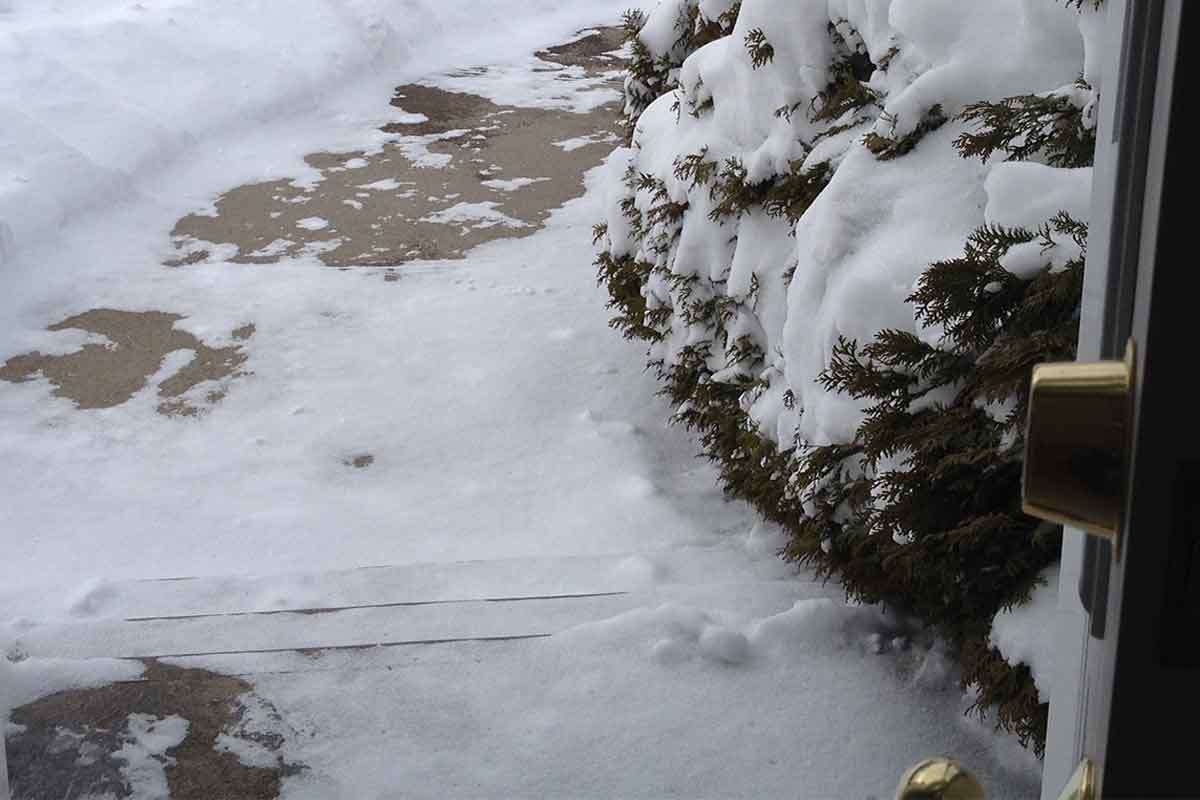 The Blizzard of 2015 and this winter’s first big storm may have passed, but the dangers resulting from snow and ice have just begun. Inadequately plowed and shoveled walkways and driveways will likely freeze and create dangerous, icy walking surfaces resulting in many slip and falls.
The Blizzard of 2015 and this winter’s first big storm may have passed, but the dangers resulting from snow and ice have just begun. Inadequately plowed and shoveled walkways and driveways will likely freeze and create dangerous, icy walking surfaces resulting in many slip and falls.
Unintentional falls are the leading cause of non-fatal injuries in the United States.1
Recent changes in Massachusetts law now require property owners (or those who control the property) to take reasonable measures in removing snow to avoid dangerous, icy walkways.
In Papadopoulos v. Target Corporation, 457 Mass. 368 (2010),2 the Massachusetts Supreme Judicial Court held that “We now will apply to hazards arising from snow and ice the same obligation that a property owner owes to lawful visitors as to all other hazards: a duty to “act as a reasonable person under all of the circumstances including the likelihood of injury to others, the probable seriousness of such injuries, and the burden of reducing or avoiding the risk.”
In other words, a property owner needs to manage snow and ice hazards with the same standard of care as s/he needs to manage other household dangers like the porch so it doesn’t collapse, or stairwell so it has a handrail, or any other household hazards. In the past property owners had a different standard regarding addressing snow and ice removal. Now they have need to manage it as seriously as the porch, stairwell, electrical and other hazards.
The Court went on to explain that “[t]he snow removal reasonably expected of a property owner will depend on the amount of foot traffic to be anticipated on the property, the magnitude of the risk reasonably feared, and the burden and expense of snow and ice removal. Therefore, while an owner of a single-family home, an apartment house owner, a store owner, and a nursing home operator each owe lawful visitors to their property a duty of reasonable care, what constitutes reasonable snow removal may vary among them.” 2
For example, a major commercial store has a responsibility to be more vigilant in removing snow during business hours than a single-family property owner would have to perform snow removal on their walkway. A jury determines the reasonable snow and ice removal standard on a case by case basis.
That might mean a supermarket owner should clean the parking lot more regularly during the business day because it expects 150 new cars come in each hour. On the other hand it may be reasonable for a homeowner to shovel 2 hours after the storm, sand the walkway and do nothing more. If the homeowner was expecting company, a delivery or other service person to arrive, and the snow had drifted and ice had formed, the reasonable standard may be higher.
Also, what we can take from the case is that landowners cannot relieve themselves from liability simply because visitors knew the walkway was dangerously icy. The Court also stated that a property owner is “not relieved from remedying an open and obvious danger where it can and should anticipate that the dangerous condition will cause physical harm to lawful visitors notwithstanding its known or obvious danger.”
The storm may have passed, but we all need to concern ourselves with the dangers that will follow. Please use precautions to avoid endangering others. Remove the snow before it freezes and ices over. Use salt, ice melt and sand to prevent walking surfaces from getting dangerously slippery.
Be safe and make safety a priority!
1 http://webappa.cdc.gov/sasweb/ncipc/nfilead2001.html
2 http://masscases.com/cases/sjc/457/457mass368.html
